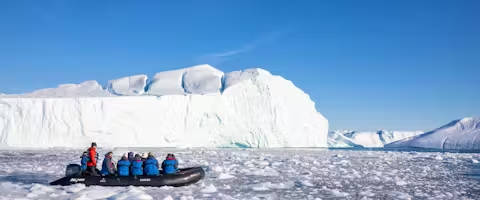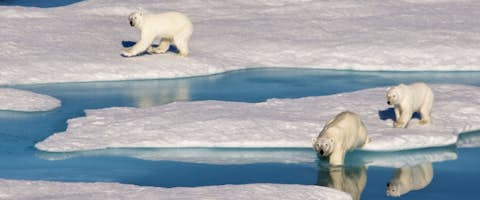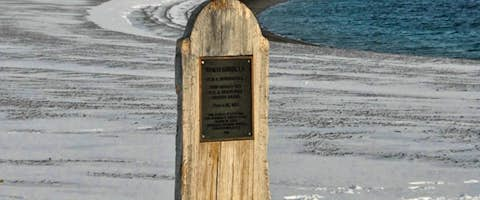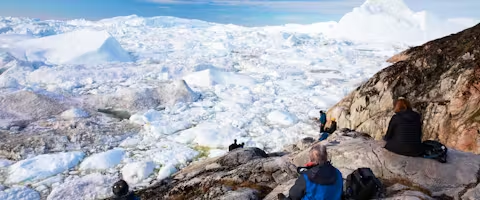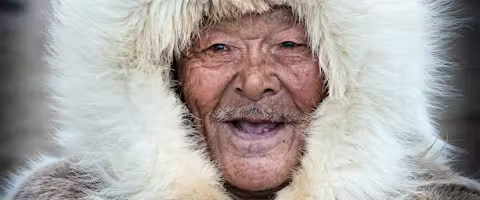Only in 1956 did a ship complete an east to west transit of the Northwest Passage. The smoking cliffs of Cape Bathurst mark your entrance to an icy realm of wild beauty, staggering wildlife, culture and history. Explore the Passage in its entirety onboard a hybrid-powered expedition vessel with amazing capabilities.
Trip Summary
- 6 days exploring the Bering Strait, Chukchi Sea and Beaufort Sea
- 11 days in the heart of the Northwest Passage
- 4 days in Greenland
- 2 days discovering Labrador & Newfoundland
- Flight from Vancouver to Nome included
- Complimentary expedition jacket and loan of boots makes packing easy
- Full expedition team with experts in a range of academic fields
- All inclusive of house drinks
- Sail on a new generation of hybrid-powered expedition vessel





